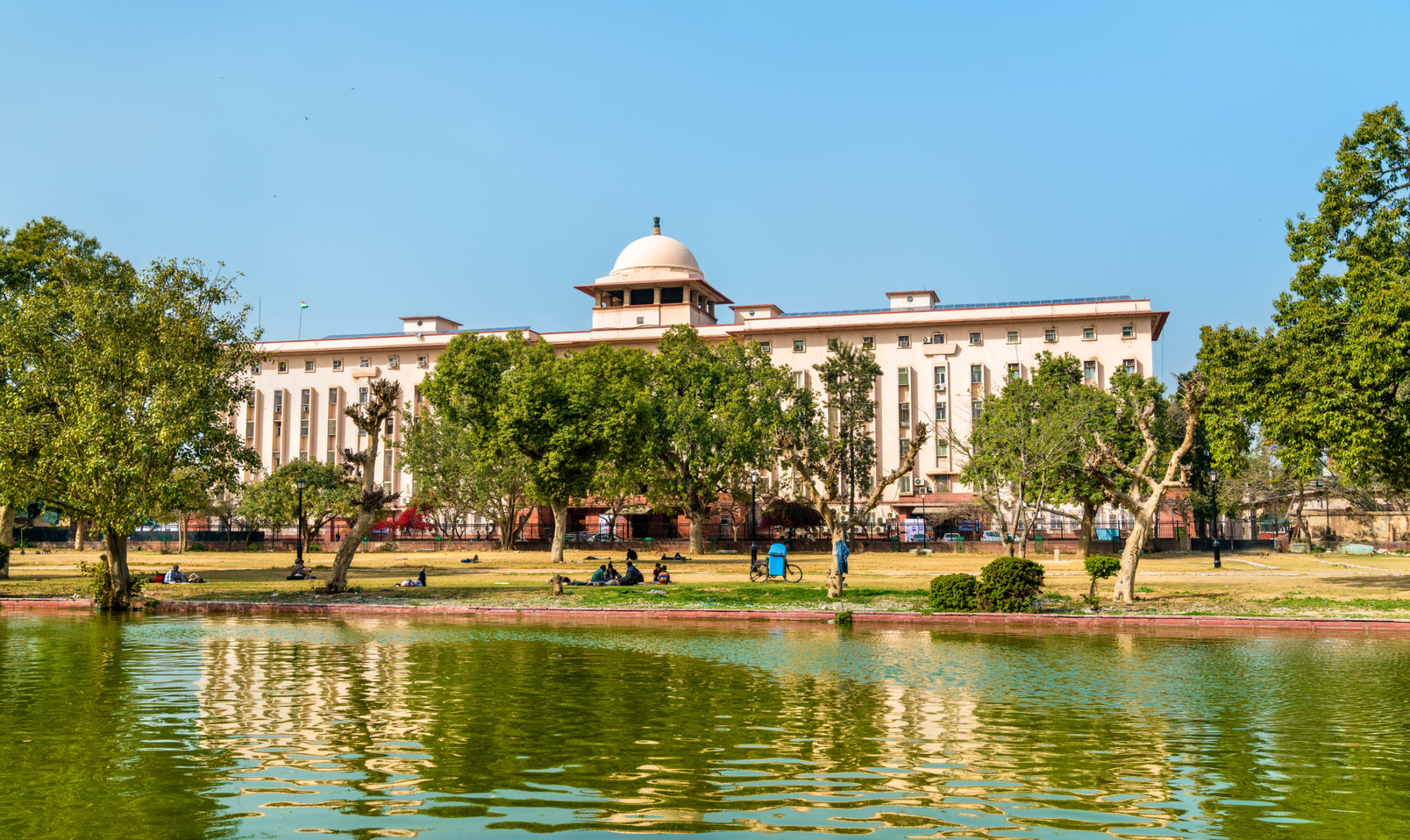Understanding the Basics of State and Central Government Subsidies in India
Introduction to Government Subsidies
In India, government subsidies play a crucial role in supporting various sectors of the economy. They are typically categorized into state and central government subsidies, each serving distinct purposes and beneficiaries. Understanding these subsidies can provide insights into how government policies aim to promote economic growth and social welfare.

What Are Government Subsidies?
A subsidy is a form of financial aid or support extended by the government to an economic sector, business, or individual. This support can be in the form of cash grants, tax reductions, or interest-free loans. Subsidies are primarily aimed at encouraging economic activities that are beneficial but may not be profitable enough without government support.
Types of Subsidies
Subsidies in India can be broadly classified into two categories: direct and indirect subsidies. Direct subsidies involve direct financial transfers from the government to the beneficiary, while indirect subsidies include tax rebates, reduced interest rates, and other non-monetary benefits.
State Government Subsidies
State governments in India offer subsidies tailored to regional needs and priorities. These subsidies often focus on areas like agriculture, education, and healthcare. For instance, many states provide subsidies on electricity and water for farmers to reduce their input costs and boost agricultural productivity.

Key Areas of State Subsidies
- Agriculture: Subsidies on fertilizers, seeds, and electricity.
- Education: Scholarships and free textbooks for students from economically weaker sections.
- Healthcare: Free or subsidized medical services in government hospitals.
Central Government Subsidies
The central government provides subsidies that have a nationwide impact. These subsidies are often part of large-scale programs aimed at economic development and poverty alleviation. Central government subsidies are more uniform across the country compared to state subsidies.
Major Central Subsidy Programs
- Public Distribution System (PDS): Provides subsidized food grains to eligible households.
- Mahatma Gandhi National Rural Employment Guarantee Act (MGNREGA): Offers wage employment to rural households.
- Pradhan Mantri Awas Yojana (PMAY): Aims to provide affordable housing to the urban poor.

Challenges and Criticisms
While subsidies are essential for economic development, they also face several challenges. One major issue is the inefficient targeting of beneficiaries, leading to leakages and wastage of resources. Additionally, subsidies can sometimes create market distortions by artificially lowering prices.
The Need for Reform
Experts often call for subsidy reforms to ensure that funds are utilized more effectively. This includes better targeting mechanisms through technology, such as direct benefit transfers (DBT), which aim to reduce corruption and ensure that subsidies reach the intended recipients.
Conclusion
Understanding the basics of state and central government subsidies in India is crucial for grasping how public policies influence economic and social outcomes. While subsidies have their challenges, they remain a vital tool for fostering inclusive growth and addressing inequalities within society.

